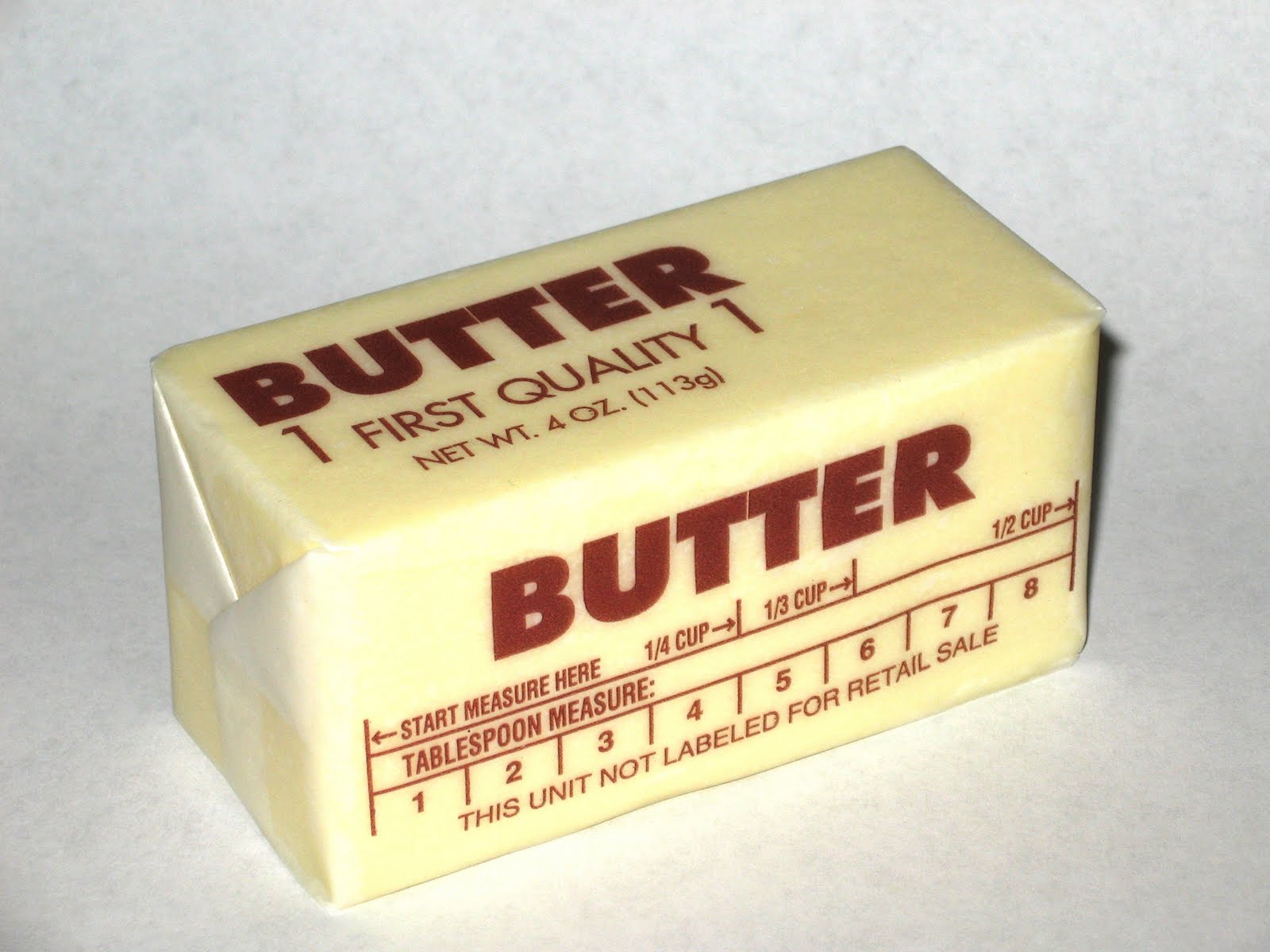When it comes to baking and cooking, few ingredients are as versatile as butter. Understanding measurements, especially what is 1 cup butter, is crucial for achieving the perfect dish. Whether you’re a novice baker or an experienced chef, knowing how to accurately measure butter can significantly affect the outcome of your recipes. From cakes to cookies, butter plays an essential role in creating rich flavors and desirable textures.
Butter is not just a culinary staple; it’s a key ingredient that adds a depth of flavor and moisture to various dishes. Many recipes will call for butter in cups rather than sticks, which can lead to confusion if you’re not familiar with the conversion. This article will break down everything you need to know about butter measurements, and specifically what is 1 cup butter, providing you with the knowledge to elevate your cooking game.
In this comprehensive guide, we will explore the nuances of butter measurement, how to substitute it, and tips for storage. Understanding what is 1 cup butter will empower you to tackle any recipe with confidence. So let’s dive in!
What Is 1 Cup Butter in Different Units?
Butter is often measured in different units depending on the region and recipe requirements. Here’s a quick conversion for better understanding:
- 1 cup of butter = 2 sticks of butter (in the U.S.)
- 1 cup of butter = 227 grams
- 1 cup of butter = 16 tablespoons
How to Measure 1 Cup of Butter Accurately?
Measuring butter accurately is key to successful baking. Here are some methods:
- Using Sticks: In the U.S., butter is typically sold in sticks that are marked in tablespoons. Simply use two sticks for 1 cup.
- Using a Liquid Measuring Cup: For more precision, you can use a liquid measuring cup. Melt the butter, then pour it into the cup until you reach the 1-cup line.
- Using a Kitchen Scale: If you have a digital kitchen scale, weigh out 227 grams to get exactly 1 cup of butter.
What Are the Different Types of Butter?
Butter comes in various forms, each with unique characteristics:
- Salted Butter: Contains added salt, enhancing flavor, and is commonly used for cooking.
- Unsalted Butter: Preferred for baking, as it allows for precise control over salt content in recipes.
- Clarified Butter: Butter that has been melted to separate the milk solids and water, resulting in a higher smoke point.
- European-Style Butter: Higher fat content than regular butter, providing a richer flavor.
How Does 1 Cup Butter Affect Baking?
The amount of butter used in a recipe can significantly impact the texture and taste of baked goods. Here’s how:
- Moisture: Butter adds moisture to cakes and cookies, leading to a tender crumb.
- Flavor: It provides a rich, creamy flavor that enhances the overall taste of baked items.
- Leavening: When creamed with sugar, butter helps to incorporate air, aiding in leavening baked goods.
Can You Substitute Other Fats for 1 Cup Butter?
If you find yourself out of butter, there are several substitutes you can use, though the flavor and texture may vary. Here are some popular alternatives:
- Margarine: A common substitute that can be used in a 1:1 ratio.
- Coconut Oil: Provides a distinct flavor and is a great vegan option, also used in a 1:1 ratio.
- Applesauce: A healthier substitute for baking, use half the amount for moisture.
What Is the Best Way to Store Butter?
Proper storage of butter ensures its freshness and flavor:
- Refrigeration: Keep butter in the fridge for up to 3 months.
- Freezing: Butter can be frozen for up to a year; wrap it tightly to prevent freezer burn.
- Countertop Storage: Salted butter can be stored at room temperature for short periods, about a week, in a butter dish.
What Are the Health Benefits of Butter?
Butter, when consumed in moderation, can have certain health benefits:
- Rich in Nutrients: Butter contains vitamins A, D, E, and K, essential for various bodily functions.
- Source of Healthy Fats: It provides healthy fats that can support heart health.
- Supports Bone Health: The vitamin K2 in butter is vital for bone health.
How Can You Incorporate 1 Cup Butter into Your Recipes?
Incorporating butter into your cooking is easy. Here are some tips:
- Baking: Use 1 cup of butter in cakes, cookies, and pastries for rich flavor.
- Sautéing: Use butter to sauté vegetables for added taste.
- Spreading: Enjoy butter on toast or as a topping for various dishes.
In conclusion, understanding what is 1 cup butter is essential for any home cook or baker. The role of butter extends beyond just flavor; it affects texture, moisture, and the overall success of your dishes. Whether you’re measuring it in sticks or grams, the importance of precise measurements cannot be overstated. With the right knowledge and techniques, you can use butter to its fullest potential in your culinary creations.


:max_bytes(150000):strip_icc()/GettyImages-983079120-2000-3064cf6748ec4c108a38f94f7b990f8f.jpg)
